What happened to the iconic Nascar luxury vehicle?
The Chevrolet Monte Carlo has been an American icon since its initial production in the late 1960s as a 1970 premiere year model. Some claim this is due to the original's focus on style and personalized luxury, while others say it was the power of the later generations. Whatever the cause, it was clear that the Monte Carlo was a great vehicle in many regards for the majority of its production. Of course, that doesn't mean that things were all good for the midsize luxury coupe. The life of the vivacious Monte Carlo was fraught with some of the most volatile and unpredictable sales figures ever seen by an American car. Let's look at what made some generations tremendous and others a disaster on the sales floor.
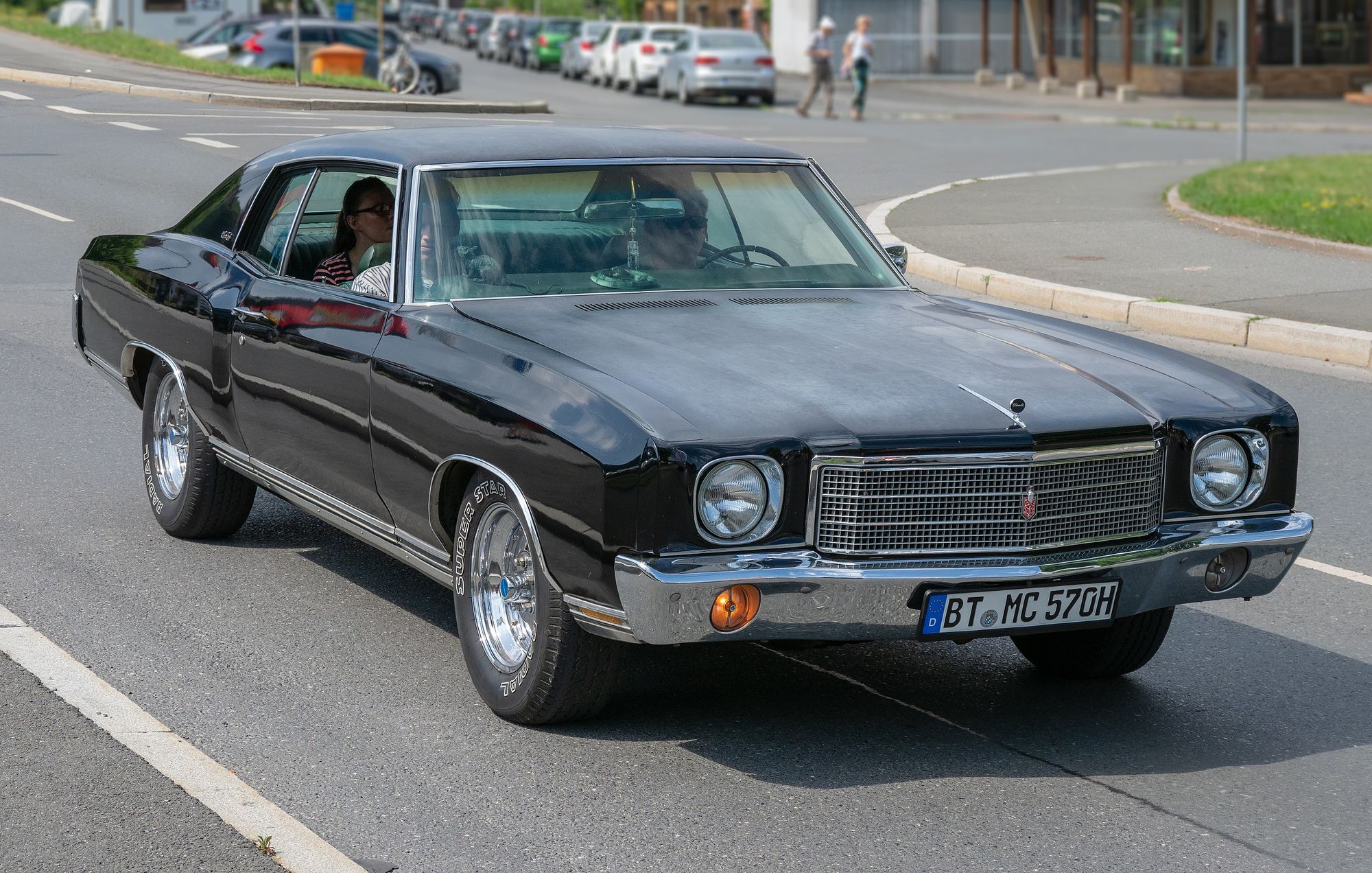
In the beginning, Chevy said, "let there be a personal luxury vehicle on a mid-sized platform at an affordable price point," and so there was. GM already had some influence in the luxury car market with brands like Buick and Cadillac, but Chevy was left out of the comfort-oriented conversation. Taking styling cues from the Cadillac Eldorado, Pontiac Grand Prix, and Chevrolet Chevelle, the golden bowtie created a new kind of car for the American automotive buyer. They called it the Monte Carlo and made a considerable effort to promote it as an attainable luxury car for those who didn't necessarily need, or want, a land boat with too much weight to move the wheels. Inevitably, the brand cornered the market with this car and made the luxury pony car a success. That was, until the second generation.
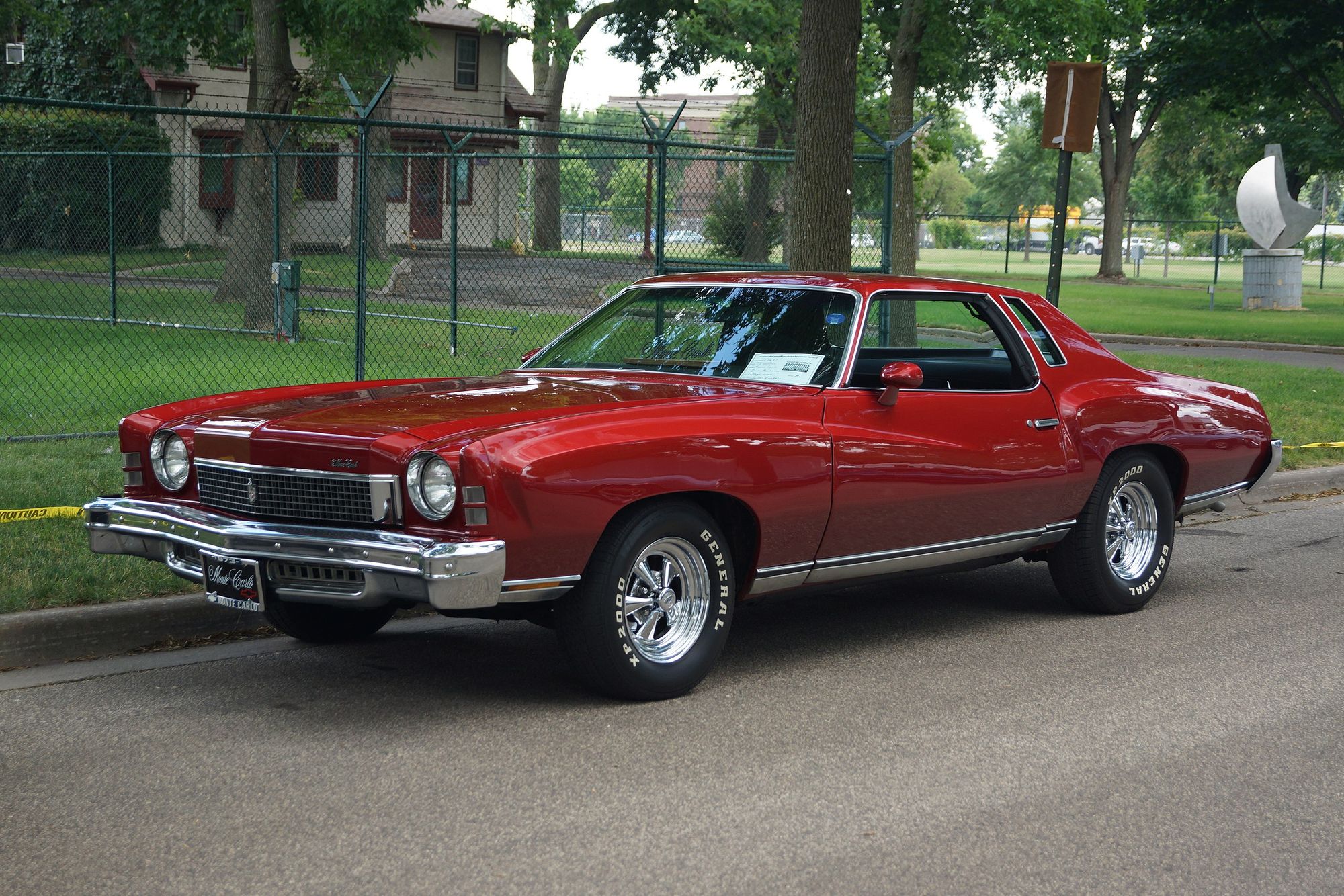
From the second generation onward, things could best be described as "meh" for the Chevy monte Carlo. No longer was the car a performance-oriented luxury coupe. Instead, it appeared to be the alcoholic stepsister of the car that once held the throne at GM. This meant that the body was way more prominent than the previous model, and the engine options were reduced, eliminating the SS models from the lineup. In a matter of a decade, the Monte Carlo was transformed into a stereotypical grandpa's car, which remained until the fourth generation. The third generation was essentially a smaller version of the second generation, and it's hard to find anything else to say about it. So let's skip gen three and get right into generation four.
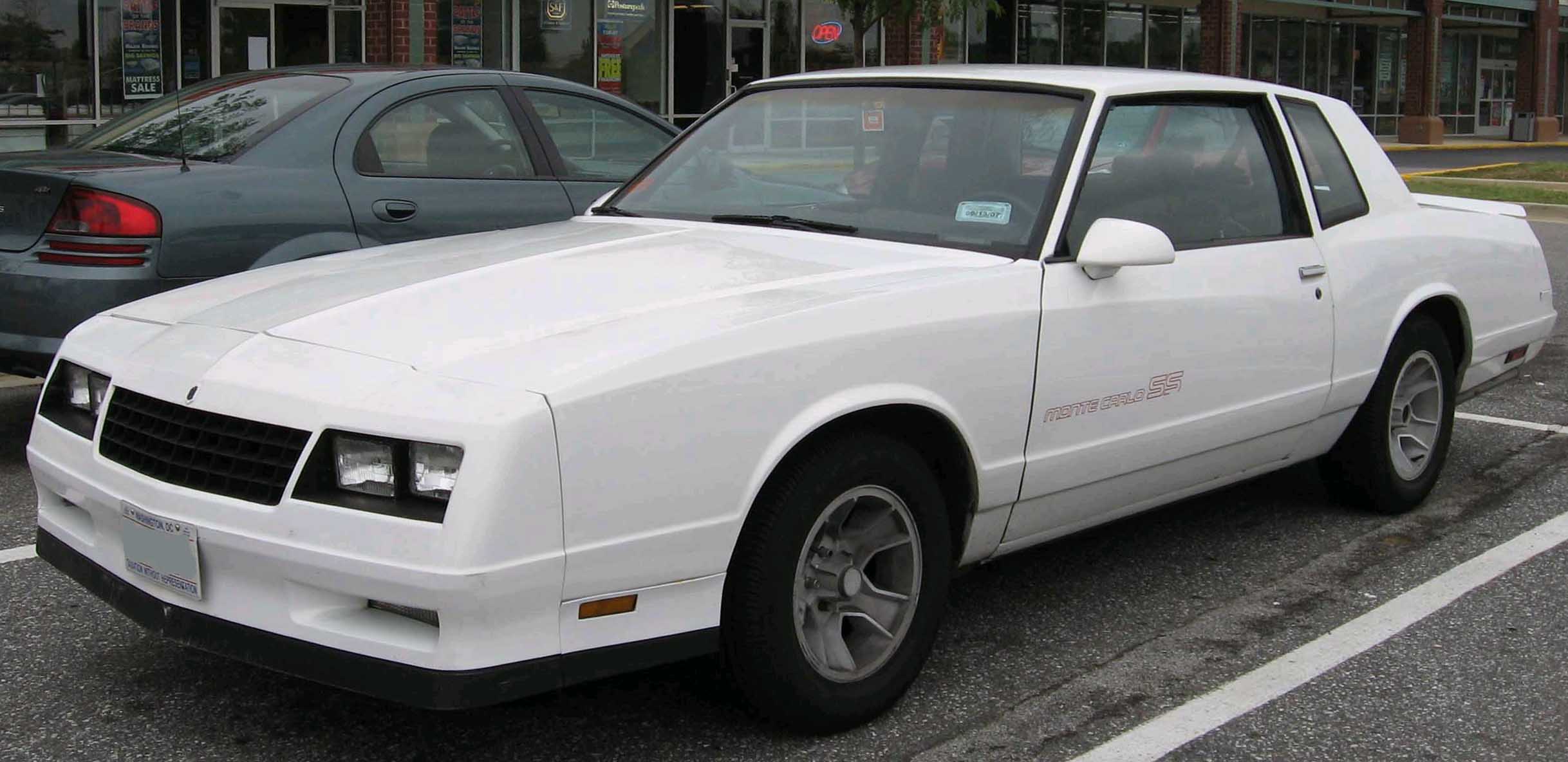
This was where the Monte Carlo started came back from damnation with the first performance package the car had been offered since the 1960s. Finally, the SS was back in action, this car finally embodied the essence of performance and luxury for an affordable price. It came with a natural aspirated V6 and a 305 ci V8.
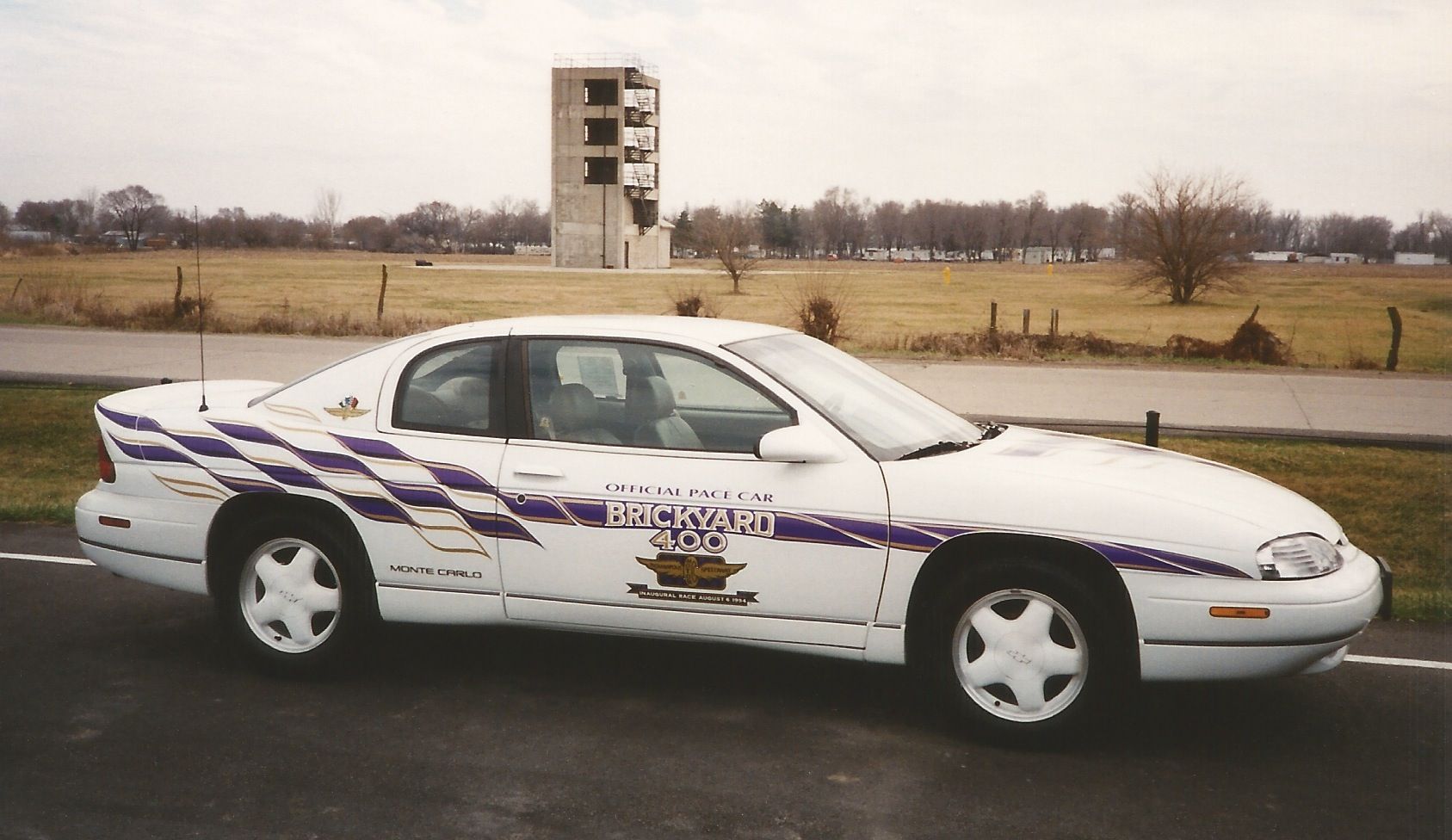
Generation five was a "what am I?" phase for the Monte Carlo. It was actually just a rebadged Lumina, and automotive fans nearly forgot about the car. That was until the sixth-generation came back swinging with a redesign made to bring forth memories of The Intimidator, Dale Earnhardt, at the helm of the Nascar version. The SS was also available for this model with a supercharged V6; finally, the car returned with a V8 in 2006. This was the first time you could find these cars with a V8 engine making the front-wheel-drive coupe the second most influential car at chevy, behind the Corvette.
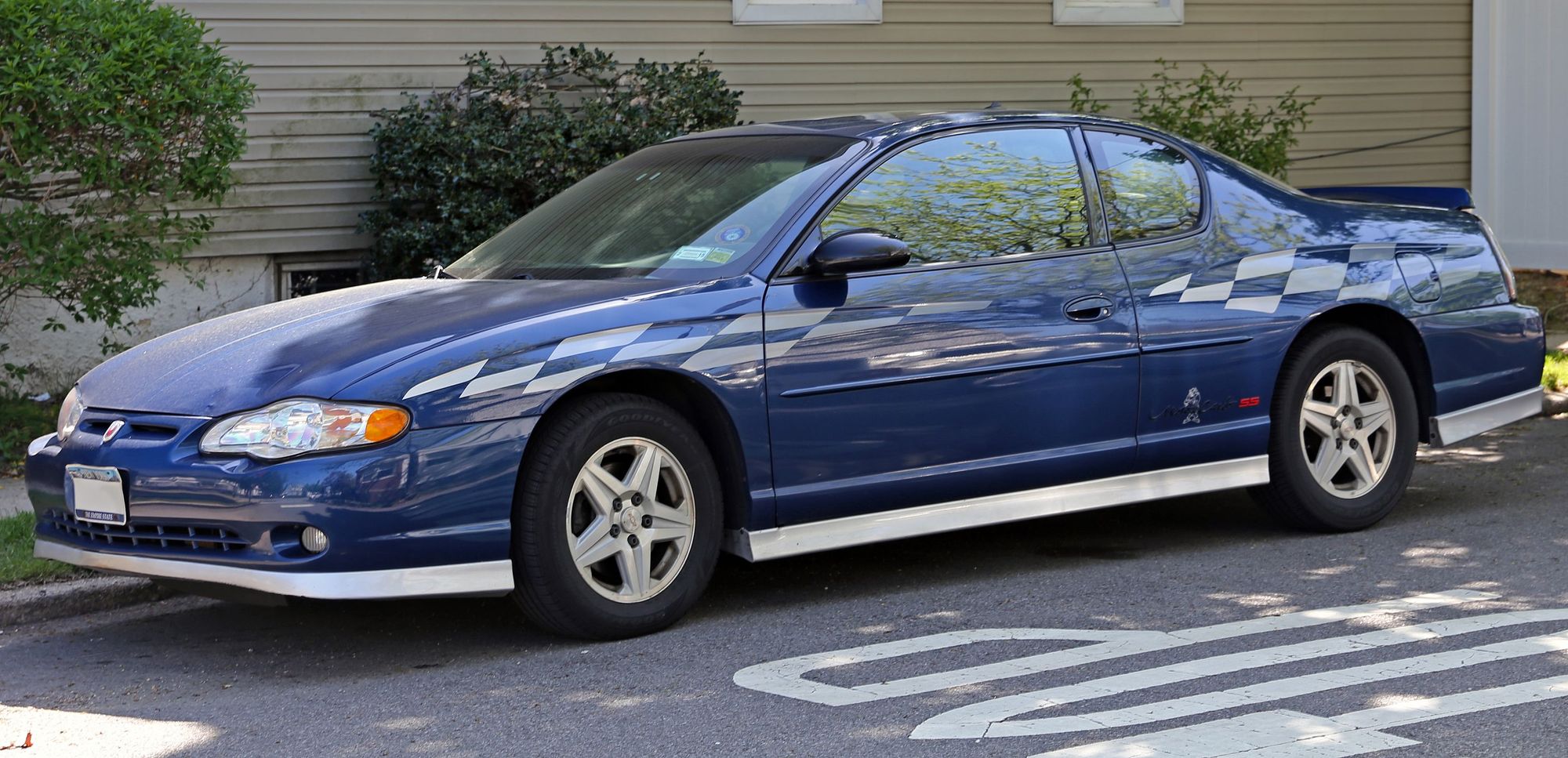
The Chevrolet Monte Carlo has lived many lives throughout its production. From a performance-oriented personal luxury car to a massively powerful and cheap pony car. That's what makes the vehicle such an exciting car; it is essentially the definition of automotive diversity. For any automotive enthusiast who might want one of these beasts, there are so many options that you can find precisely the right Monte Carlo for you. That's why they are so popular now and will continue to be for decades to come.





